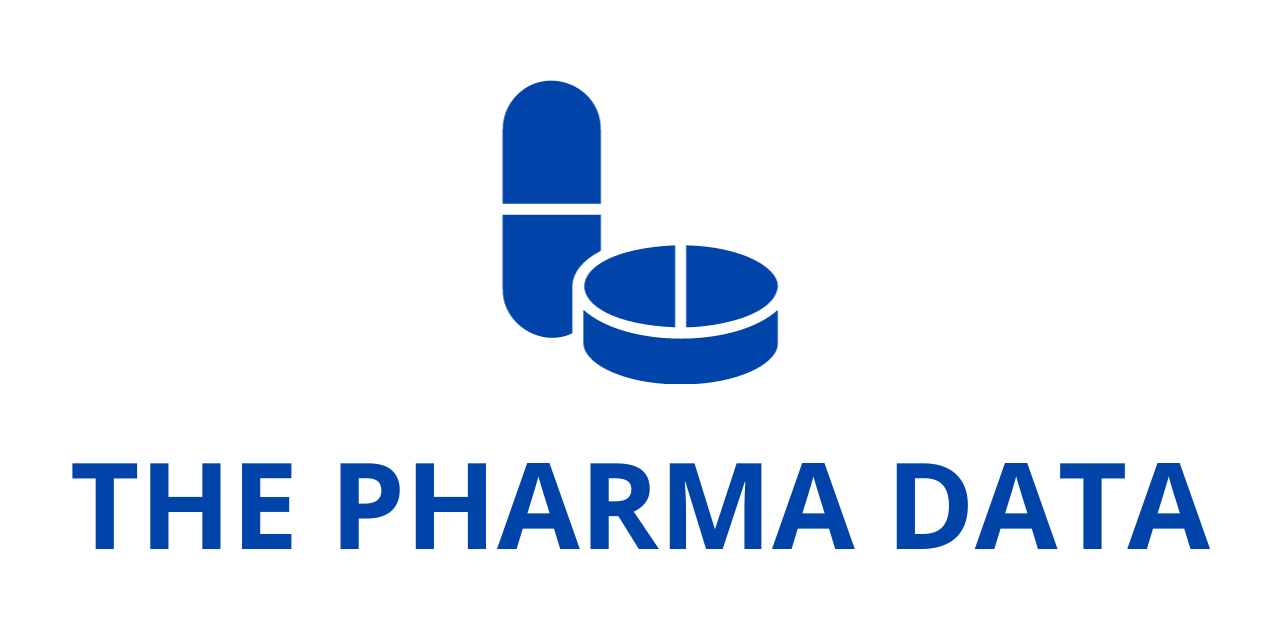
Global Sickle Cell Disease Treatment Market Poised for Robust Growth Through 2035
The global sickle cell disease (SCD) treatment market is set to witness substantial growth from 2025 to 2035, driven by increasing disease prevalence, advancements in therapeutic development, and expanding access to healthcare services worldwide. As awareness of this genetic disorder grows and more effective treatment options become available, demand is expected to rise steadily across both developed and emerging markets.
North America Leads the Global Market
North America, particularly the United States, continues to dominate the global sickle cell disease treatment market in terms of both revenue and market share. This dominance stems from a combination of factors, including a well-established healthcare infrastructure, access to advanced diagnostic and therapeutic solutions, and significant government and institutional support for research and development.
Government initiatives such as the Sickle Cell Disease Treatment Demonstration Program and funding from the National Institutes of Health (NIH) have been instrumental in improving access to care and accelerating innovation in SCD therapies. Additionally, the U.S. is home to several leading pharmaceutical companies and academic research institutions actively engaged in the discovery and commercialization of novel treatments for sickle cell disease. These organizations are leveraging cutting-edge technologies like gene editing, stem cell therapy, and biologics to develop more effective and personalized solutions for patients.
Strategic collaborations between biotech firms, hospitals, and academic centers are also shaping the direction of research in the field, helping to bring experimental therapies to clinical trials and, eventually, the market. This concentration of resources and expertise has firmly positioned North America at the forefront of global SCD treatment innovation.
Asia-Pacific: Fastest-Growing Region
While North America continues to lead, the Asia-Pacific region is projected to exhibit the fastest growth over the forecast period. Countries such as India, China, and Japan are increasingly recognizing the public health impact of sickle cell disease, particularly in rural and underserved populations. This growing recognition has led to heightened government focus on disease screening, treatment availability, and healthcare infrastructure improvements.
Healthcare expenditure is rising across the Asia-Pacific region, facilitating greater access to diagnosis and treatment. India, in particular, has launched several national programs aimed at identifying and managing hemoglobinopathies, including sickle cell disease, especially in tribal and high-risk communities. Meanwhile, China is making strides in biotech innovation and clinical research, which is expected to contribute to regional growth in the coming years.
As governments invest in awareness campaigns, training of healthcare professionals, and subsidized treatment programs, the region’s SCD treatment market will expand significantly. This momentum is further supported by partnerships between local governments, NGOs, and pharmaceutical companies seeking to develop affordable treatment options tailored to regional needs.
Europe Remains a Key Market Contributor
Europe also plays a pivotal role in the global sickle cell disease treatment market. Countries such as Germany, the United Kingdom, and France are actively engaged in addressing the growing prevalence of SCD among immigrant populations and individuals of African, Mediterranean, and Middle Eastern descent.
The region benefits from strong regulatory frameworks that facilitate the approval and reimbursement of new therapies, which encourages pharmaceutical companies to expand their portfolios and presence in Europe. Moreover, public health systems in many European countries provide support for chronic disease management, including coverage for expensive treatments and genetic counseling services.
As a result, the European SCD treatment market is expected to continue its steady growth, driven by favorable policy environments, ongoing clinical trials, and improvements in therapeutic formulations and delivery methods.
Emerging Markets Show Promise Despite Challenges
South America, the Middle East, and Africa are emerging markets in the global SCD treatment landscape, showing signs of progress despite infrastructural and economic challenges. In countries like Brazil, Mexico, and Nigeria, rising awareness of sickle cell disease has led to increased government and private investment in healthcare.
For instance, Brazil has implemented national newborn screening programs for hemoglobinopathies, and Nigeria has recently intensified its efforts to combat sickle cell disease through legislative action and the establishment of national control programs. However, these regions still face significant barriers, including limited access to advanced treatments, insufficient healthcare infrastructure, and a shortage of trained medical personnel.
International health organizations and donor agencies are increasingly stepping in to address these gaps, offering technical assistance and funding to improve diagnosis, treatment availability, and community-based care programs. Although growth in these regions is slower compared to Asia-Pacific or North America, the long-term potential remains considerable as healthcare systems evolve.
Competitive Landscape and Innovation Trends
The global sickle cell disease treatment market is highly competitive and innovation-driven. Key players include Pfizer Inc., bluebird bio, Inc., Generex Biotechnology Corporation, Emmaus Life Sciences, Inc., and Bristol Myers Squibb Company, among others. These companies are actively developing a range of treatment options, from gene therapies and small molecules to biologics and advanced drug delivery systems.
Recent years have witnessed the approval of landmark therapies such as voxelotor, crizanlizumab, and gene-editing-based candidates, which are revolutionizing how SCD is managed. The focus is now shifting toward curative approaches, with clinical trials exploring the use of gene therapy and hematopoietic stem cell transplantation to eliminate the root cause of the disease.
Moreover, companies are investing in patient-centric care models, digital health tools for disease monitoring, and global access programs to expand their reach, especially in low- and middle-income countries.




